The mysterious Agnivrish at Pateshwar in Maharashtra, where the deity appears to manifest the seven hands of Lord Agni along with the body of a bull (Vrishabha). Agni is described in the Vedas as having two heads, seven hands, and three legs. If you see the deity from the front you can identify all of these aspects. You will see two faces (one human and one bull), seven hands, and three legs (with two human legs and one bull leg).
Rig Veda 4.58.3 describes Agni as follows:
chatvAri shringA trayo asya pAdA dve shIrShe sapta hastAso asya |
tridhA baddho vrishabho roravIti maho devo martyAn A vivesha ||
“Four are his horns, three are the feet that bear him; his heads are two, his hands are seven in number. Bound with a triple bond the bull roars loudly; the mighty god hath entered in to mortals.”
According to Sayanacharya, the four horns of Agni are the four Vedas. The three feet are the three daily sacrifices (morning, noon and evening). Others say they refer to the three fields of time (past, present and future). The two heads are the Brahmaudana and the Pravargya ceremonies (others say day and night). The seven hands are the seven metres of the Vedas (others say the seven rays of light). The three bonds are the three sub-divisions of the Vedas (Mantras, Brahmanas and Kalpas), others say they are the three lokas (bhuh, bhuvah, svah).

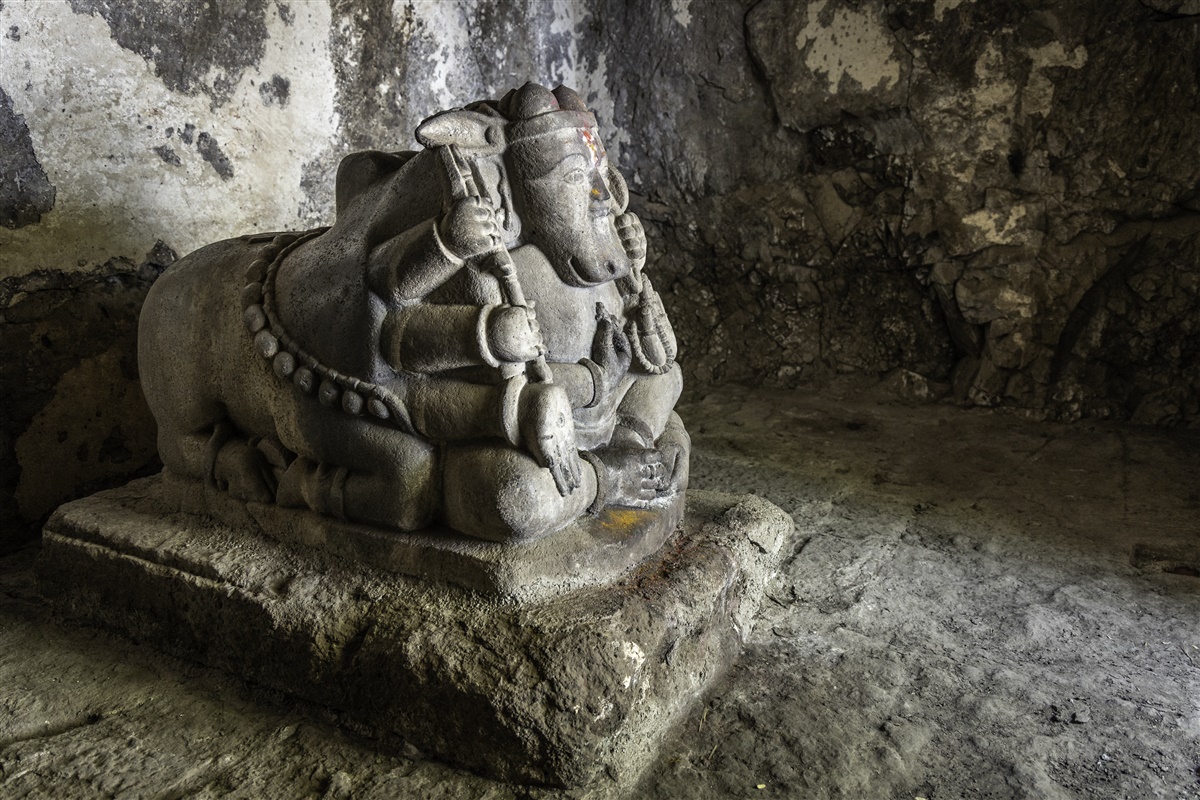

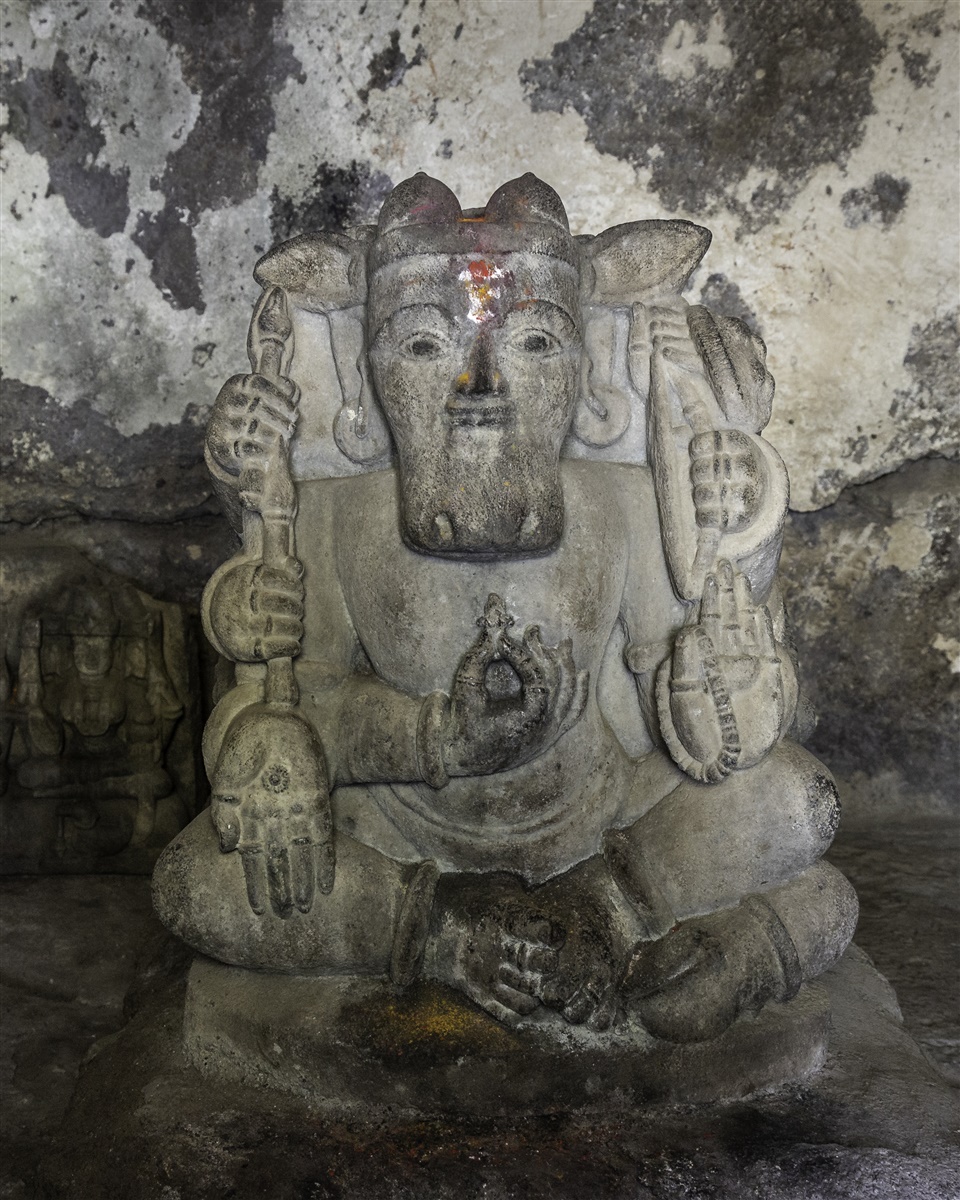
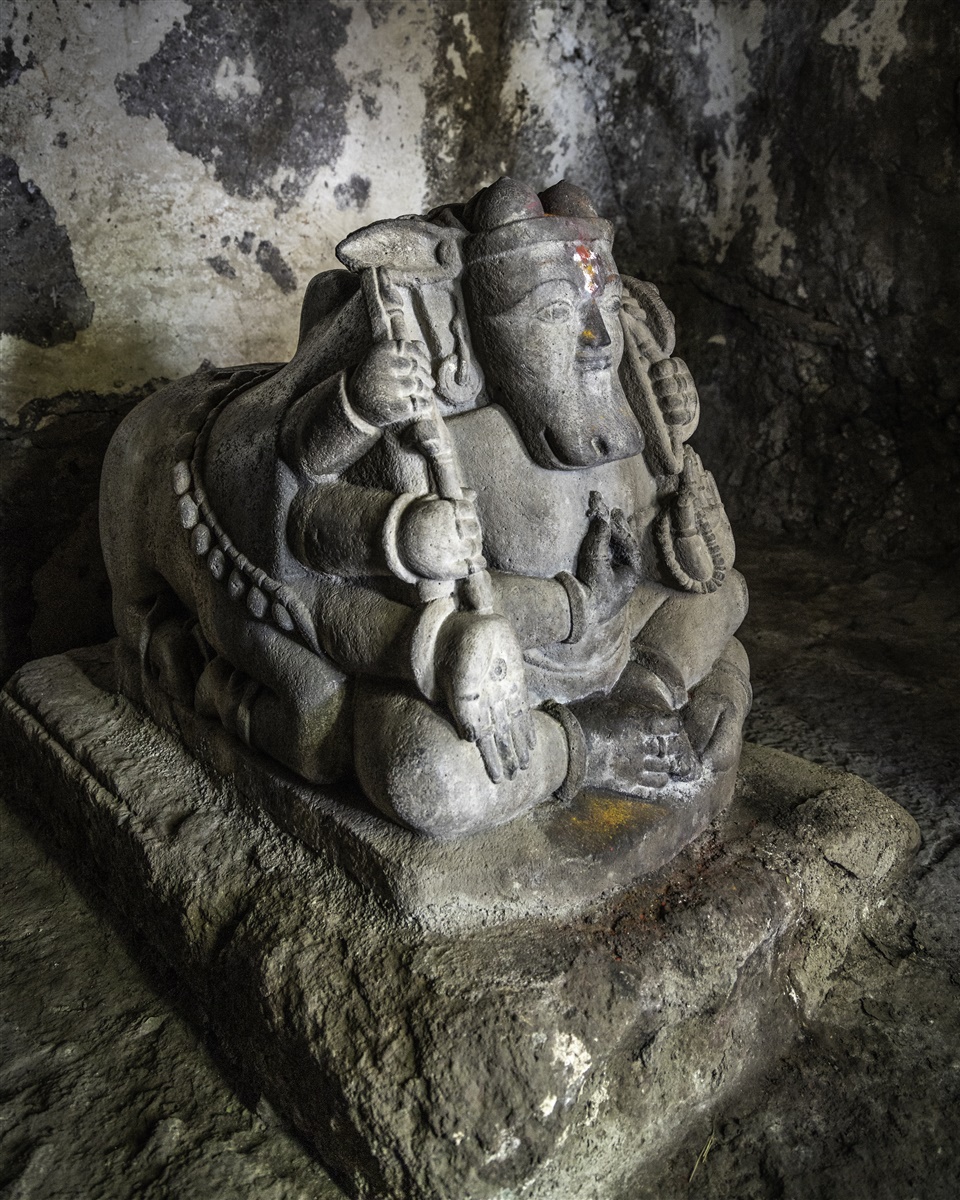
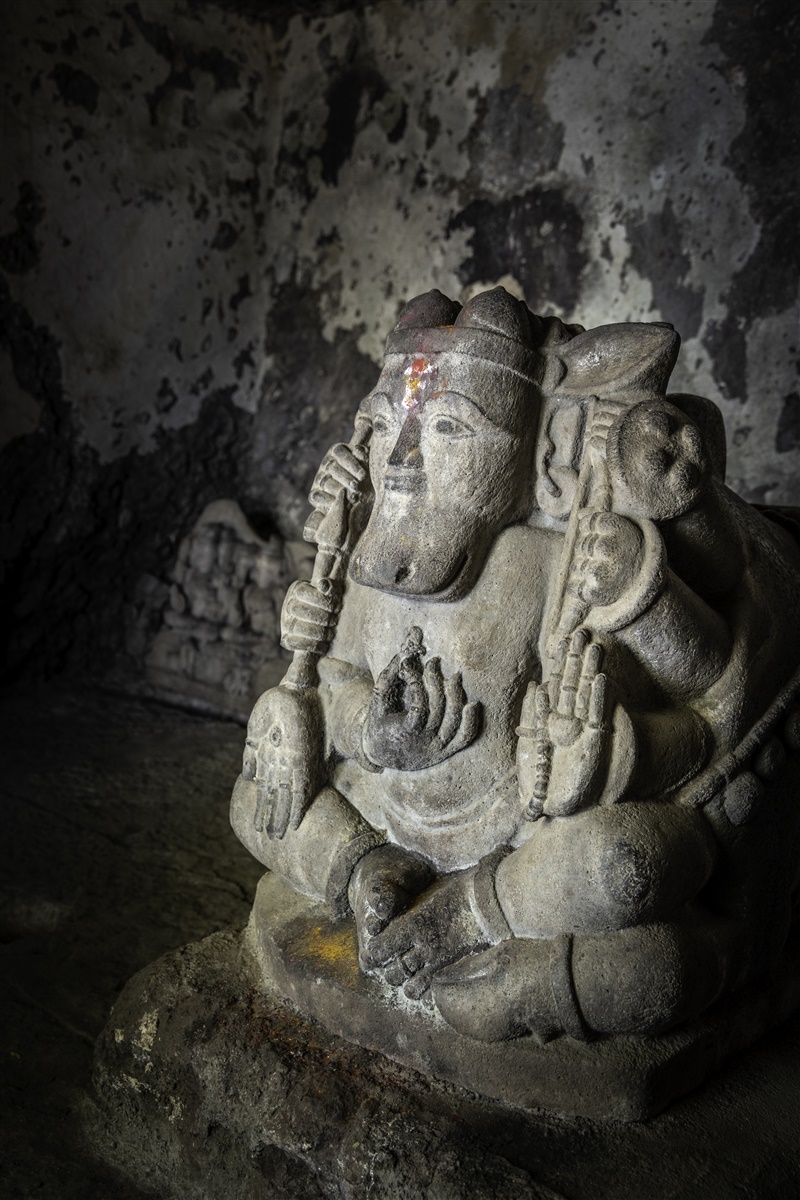
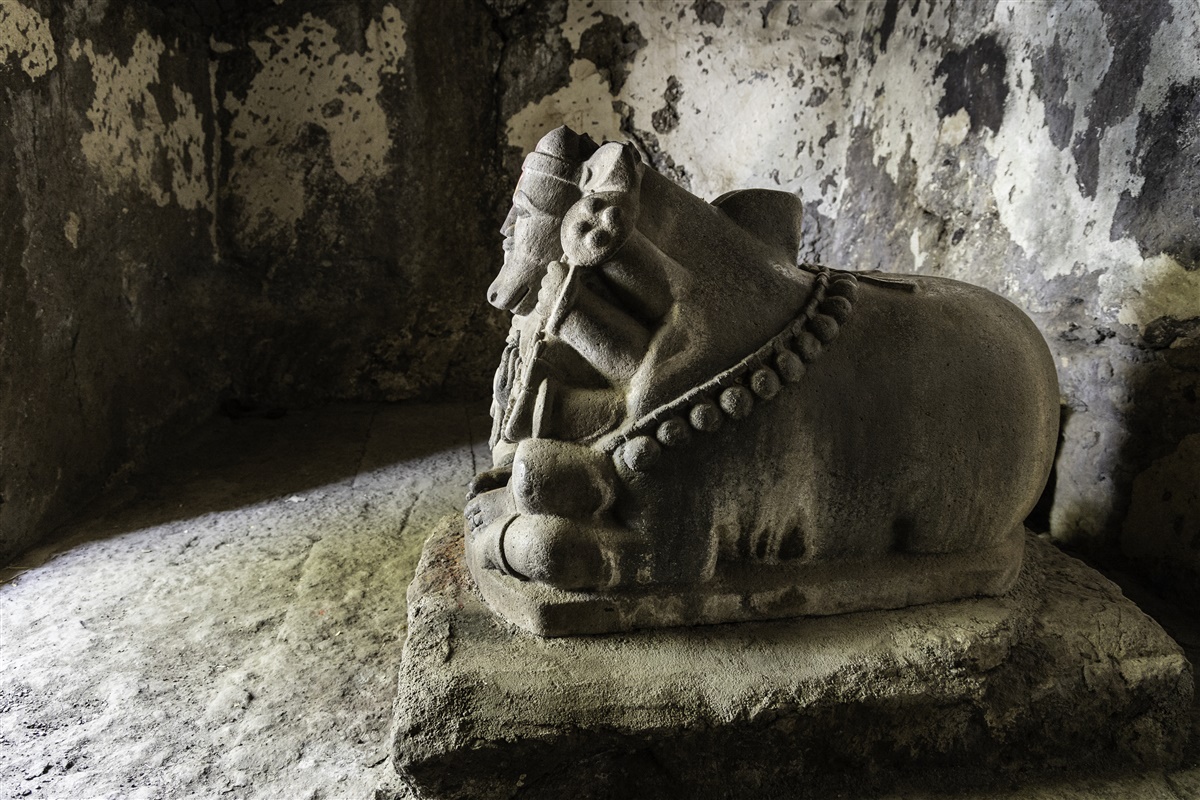
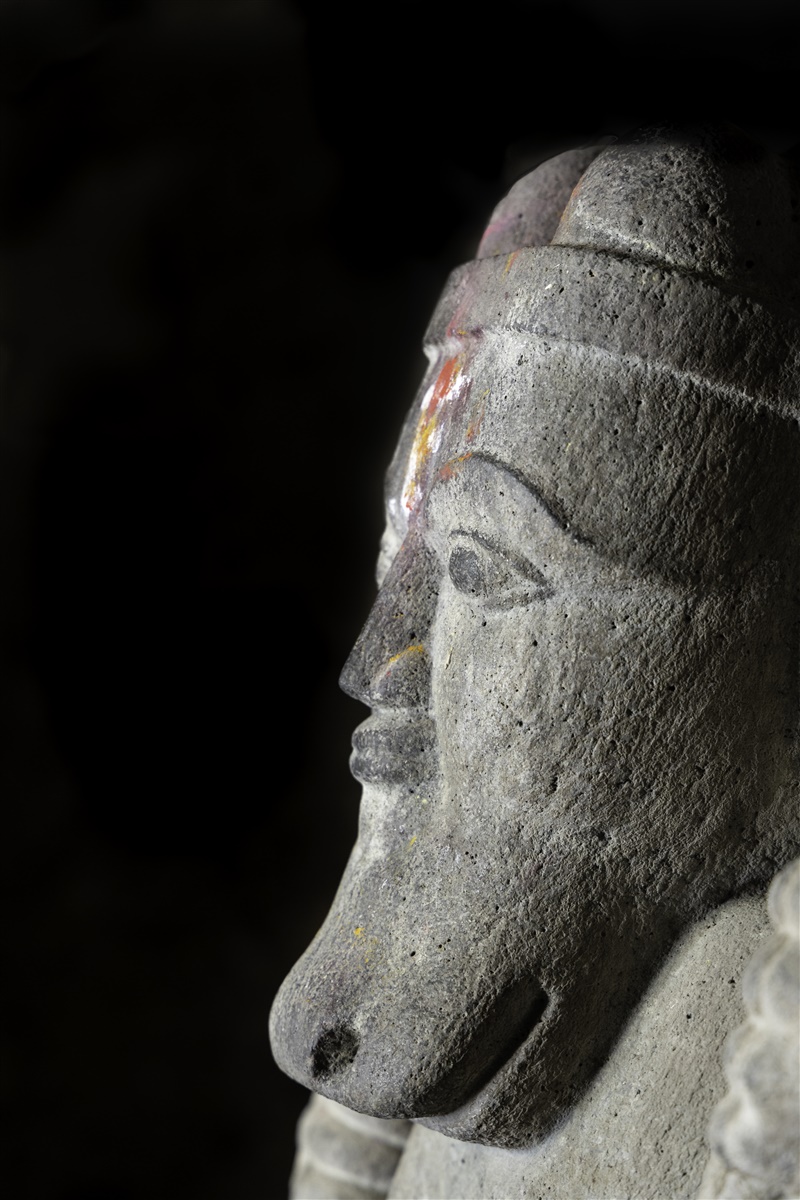
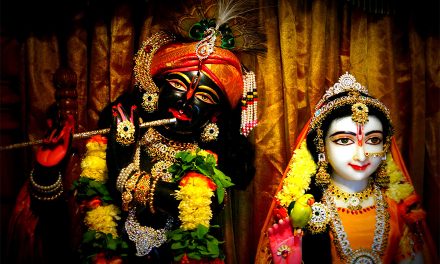
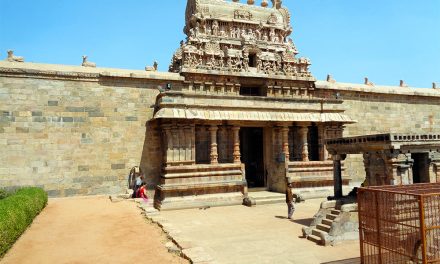
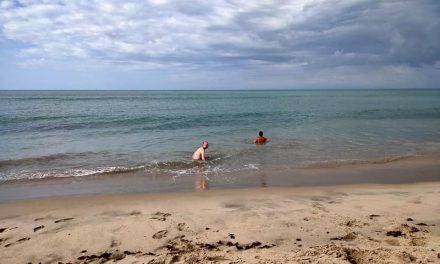
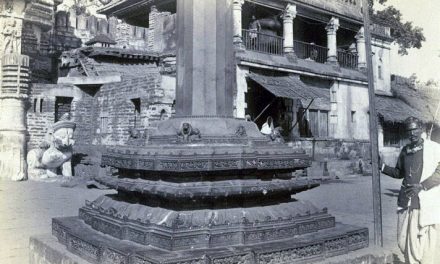





When was this statue made?
🙏🙏🙏🙏
Tnank you… For the
enlightenment… ॐ
Agni signifies Jhnanam( knowledge) because Agni burns a gold ornament having 22 carats into pure gold having 24 carats. While purifying it removes two impurities viz. Namam(name) and Rupam(shape) .
The third Netram of Eswara is Agni Netram . Agni while burning an object assumes the form of that object. But Agni has no form(Rupam . This fact signifies that Eswara is Niraakaaram even though Eswara is in Prapancham(world). .
The Sava Bhasmam(ash) obtained on burning a dead body is applies on Siva Lingam. This fact signifies that Eswara is Prapancha Rahitam. because a human body is also composed of Pancha Bhutamulu which constitute Prapancham(world).
Hence Jhnanam having Agni Rupam burns Deha Bhaavam in Buddi(intellect) and thus it drives away Ajhnanam(darkness) from within our Buddi(intellect).
MARVELLOUS MURTI OF AGNI DEV WHO WAS UNKNOWN TO MANY DEVOTEES.MIRACULOUS. OM AGNI DEVAHE NAMAHA .
VERY GOOD
Hindus worshiped the mother nature. Agni is the purest among the elements; immune to pollution in any form.
🙏🙏🙏🙏🙏🙏
very interesting
never knew agni looked like this
thank you
Where is located in Maharashtra ?
🙏🙏🌹🙏🙏
THANNO AGNI PRACHODAYATH
THANKS FOR THE MESSAGE
Where exactly was this sculpture found, is there any sthalapurana associated are worth knowing. To me it appears that the ancient residents in the place around this statue could have been Fire Worshippers. This statue could have been worshipped once , which later faded with time and history.
This murthy of Agni personifies the formless AGNI DEVA glorifying its mentions in all vedaas, its use in soma sacrifices at all times, its nature of being an eater of anything that is put in it (as food for Brahma, ODHANA OF BRAHMA), as carrier of food to gods, closely associated with Nandi-vaahana Shiva, Abhya-daatha Vishnu and veda-mukhi Brahma.
Agnidevs’ murti darsana – truly gratifying. Thanks for sharing.
something unimaginable. It is Kali Yuga. Expect the unexpected.
Net news: It appears that there is one more moon that orbitrates the earth
sreenivasa rao
Location at Satara,Maharashtra-415001
Can you share the location and when was this discovered.
thank you all associated in this spread of knowledge to ordinary people.May God Shiva bestow all
His grace on you in this noble cause.
Informative and inspiring and ennobling article (for a Hindu at least). ‘Danyavad’ from my spirit for this. And Mr. Swamy’s explanatory details are much appreciated. The Vedas are so large, it needs the dedicated work of many many people to bring the salient ‘knowledge’ (Jnana) to the public – at least to meditate upon.
Sri Ramanuja, in his SriBhashya (of the Vedanta or Brahma Sutras) points out to many references to the philosophy and rituals for Agni. No wonder even now everything ‘sacred’ is done in front of Agni (Homam, Yagam, Marriage…).
Thank you for sharing such a divine information
thank you all associated in this spread of knowledge to ordinary people.
His grace on you in this noble cause.
Wonderful. Sanatana Dharma is so heavy, so mystical, every article is a revelation indeed.
Enlightenment of the greatness of Agni and the concept of Agni dissolving the aham into the vastness of Brahman. Thanks
Wow amazing. Where’s the location?
Nice
PRANAAM AGNI DEVA 👣🌺🌺🌺🙇🙇🙇🙏🙏🙏
Thanks for showing this diety. I never knew about this. On physial plane the statue of the diety is a work of art. I wonder how many hidden treasures spread all over Bharatvarsha and how many were lost to invaders who had no taste for such pieces of art.
Thanks for sharing Agnideva in the form of Murti. Truly unimaginable.
Very interesting
Thanks a lot
The most inspiring site of ancient history . Thank you with gratitude.
super
Very Beautiful Information of much less known AgniDev
Dhanywad